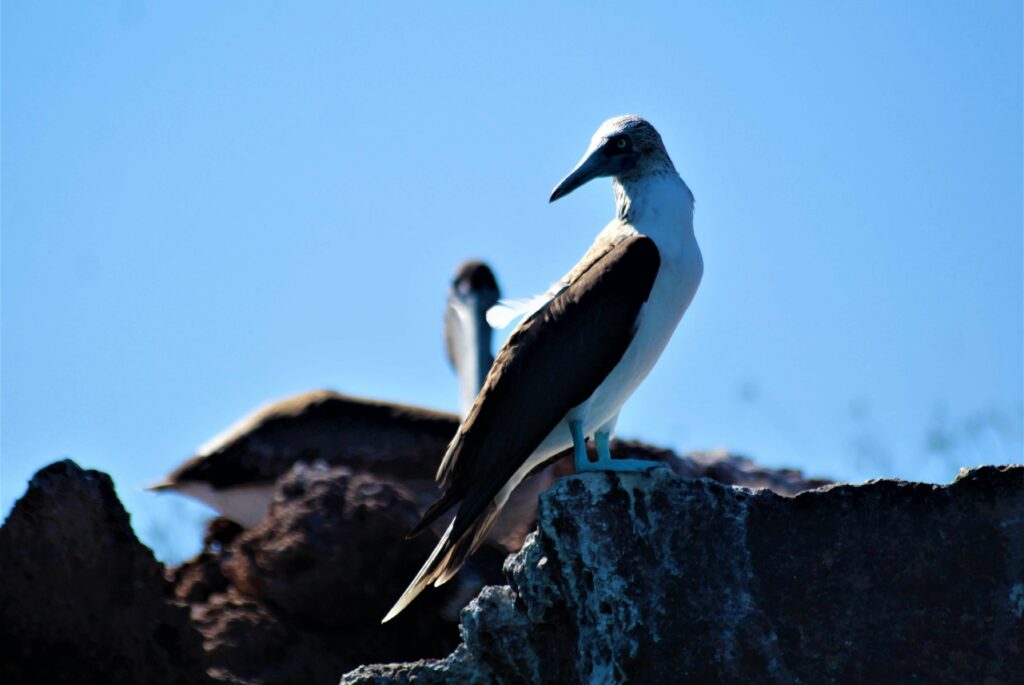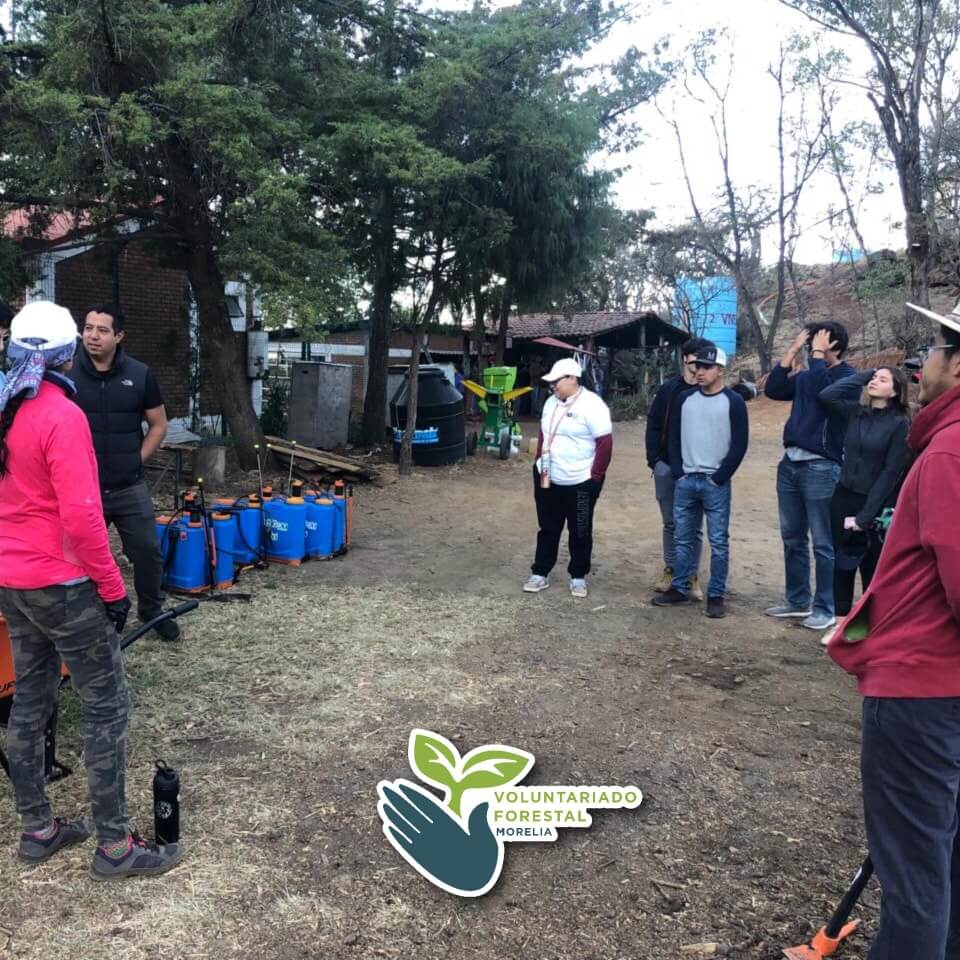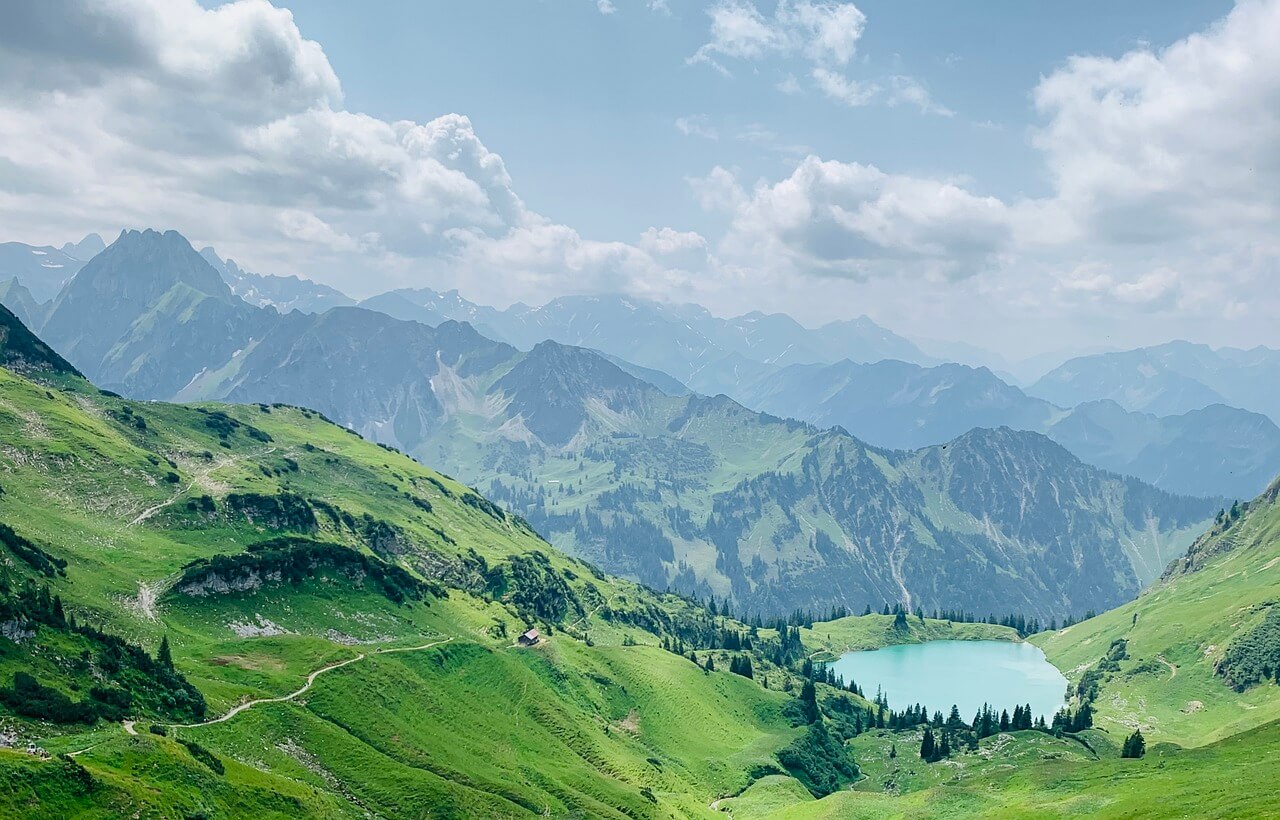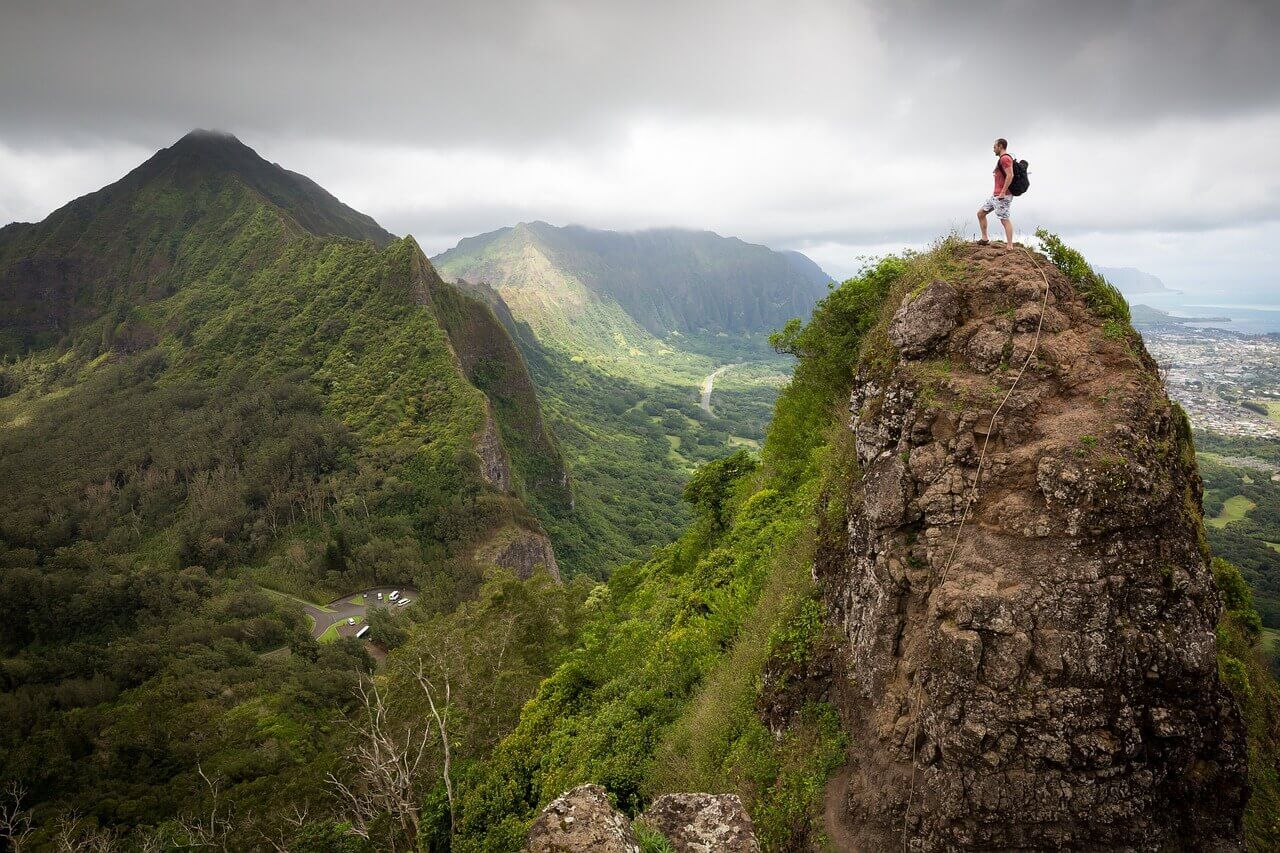Marietas Islands: Unmissable Natural Wealth

Ten years ago I had the opportunity to visit a dream place: Islas Marietas, a destination that has the characteristics of being spectacular, delicate and mysterious. However, at that time, the tourist activity was associated with what we know as mass tourism; unregulated, where the site is visited without being aware of the impacts that this generates, either as a tourist, service provider or local authority.
At that time, the destination became a reference due to the promotion of the "Isla del Amor" (a private oasis hidden inside the island), which contributed to more people visiting the place, an increase in the number of service providers, and an increase in the number of visitors. tours Can you imagine that natural space full of people, practicing in small boats or catamarans? snorkelwith music blaring and where it seemed you were free to do and undo whatever you wanted? Today that sounds catastrophic, but at the time it was an opportunity for the tourist to have an unforgettable experience.
However, what became unforgettable was the decision to close the island for tourism reasons, especially because of how the tourism activity was being managed. This is how economic interests and the belief that this was tourism development influenced to exploit the area and the resources therein, regardless of the price. But in that magnificence of nature, it began to reflect the damage that tourism was causing, then, in 2016, I read the news that the site was closing its doors to the public indefinitely because after an evaluation it was identified that the influx of visitors (which reached more than 127 thousand people a year) had caused negative impacts and if it continued like that the damage would be irreversible.
A second chance
This National Park is located in Nayarit, Mexico, has been recognized as a Ramsar Site, a UNESCO Gulf of California Islands World Heritage Serial Site and a Biosphere Reserve by the same institution. It is also part of the breeding area of the humpback whale, the Olive Ridley turtle, it also has a population of marine birds such as the "bobo café" bird and represents the largest diversity of reef fish in the Bay of Banderas.

How could such a spectacular destination continue to be admired and visited, but at the same time protected and conserved? During the closure period, ecological restoration, maintenance and beach cleaning activities were carried out, as well as monitoring the reef communities in order to recover the natural ecosystem of the islands, with the participation of academic and governmental institutions.
In addition to the above, it was also planned how the tourist activity would be carried out (it had to be of low environmental impact), what visitor control mechanisms would be implemented, how the participation of the local population would be organized, and how the tourism industry would be managed. stakeholders. Likewise, environmental education activities were to be carried out not only in the tourism sector but also in the fishing sector. Thus, tourism was rethought and the reopening of the site was announced.
Tourism management from an integrated perspective
At the end of 2023 I returned to the Marietas Islands, this time I was surprised by some elements that have been implemented in the management of the place through a regenerative approach; for example, the sense of belonging and identity of the service providers towards their heritage, the practices on visitor management, the co-participation and governance that has been woven between the agents (service providers, population, government, academia) and how paradisiacal the Park continues to be where tourism and nature converge.
Undoubtedly, the fact of being on the verge of losing the natural wealth made the population aware of the importance of this heritage, at least that is what our guides said that day. Currently, on Mondays, entry to the area is not allowed because of cleaning activities in the sea and in the park. On Tuesdays it is possible to visit, but without entering the Isla del Amor. In order to comply with these indications, there are people from the governmental agencies at the site who are notified of how many people are on the boat, in addition to other actions that cannot be carried out, such as drinking alcoholic beverages, using sunscreen and staying longer than a certain amount of time in the areas where the activities are practiced. snorkel or rest.
Visitable destinations vs. inhabitable destinations
Islas Marietas is an example of a destination where setting limits or regulating tourism does not kill it, on the contrary, it gives the opportunity for it to be a catalyst for development and continue to generate memorable experiences, but from a sustainable perspective. In addition, this area is demonstrating that working as a team and nurturing relationships between stakeholders is an important step in creating new ways of doing tourism, yes, from a regenerative perspective.
In short, giving "voice" to our natural and cultural resources allows us to create and strengthen connections, as well as responsibilities in the social actors where not only one is prioritized or benefits, on the contrary, everyone (tourist, population, government, private sector, NGO's, academia) has a relevant role in decision making, management and use of the destination. Let us not wait to implement corrective actions when we are one step away from not being able to rescue the heritage, let us be, from now on, guardians and let us think about generating habitable destinations (for all) and not only visitable ones.
*Professor at the Universidad Autónoma de Querétaro, Tequisquiapan Campus.






